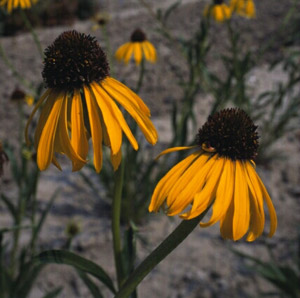
Bush’s Coneflower
Echinacea paradoxa sometimes called yellow coneflower, is the only species Echinacea to have yellow flowers instead of the usual purple. (Hence the name paradoxa). Large,

Echinacea paradoxa sometimes called yellow coneflower, is the only species Echinacea to have yellow flowers instead of the usual purple. (Hence the name paradoxa). Large,
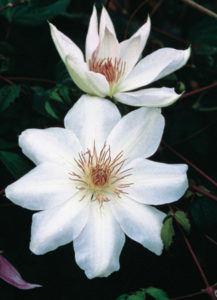
Clematis x Henryi has huge, 6”-8”, luminous white flowers (one of the largest on the market) with beautifully contrasting dark chocolate anthers. It can grow
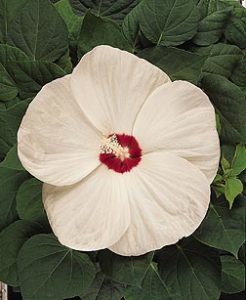
Hibiscus moscheutos LUNA White brings a touch of the exotic to the Midwest Garden. Bright white flowers sport a striking red center and bloom abundantly
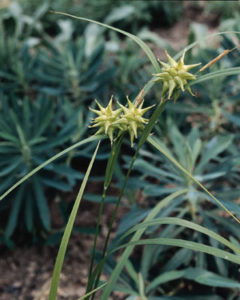
Carex grayi, a perennial sedge, forms an attractive, grassy, slowly spreading, clump. The narrow foliage is shiny green, becoming more chartreuse in part to full
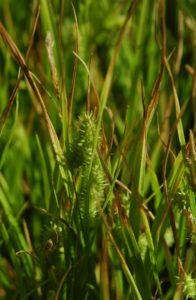
Carex hystericina is a perennial sedge that has grassy, triangular stems (Sedges have edges) They create colonies on shorelines, in wet meadows and marshes. They

Gracing gardens since the 16th century, the stunning blooms of Trollius europaeus Superbus inspired their common name, which translates to “basin” in Latin, or “globe”
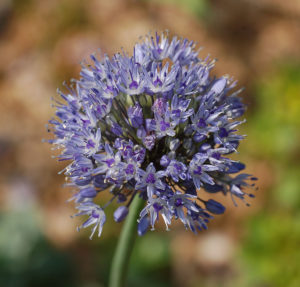
We understand! Sometimes, planting bulbs in fall for spring color is the furthest thing from your mind. So, we plant a variety of Allium bulbs
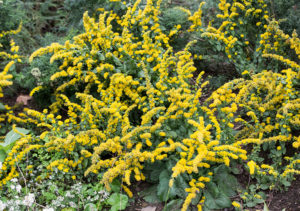
SOLIDAGO sphacelata Golden Fleece (Golden Fleece Goldenrod) Commonly referred to as Golden Fleece autumn goldenrod, this compact form of Solidago sphacelata was discovered in 1985
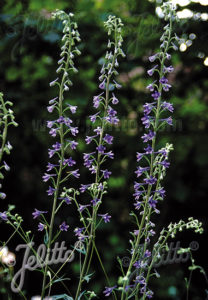
DELPHINIUM exaltatum (Tall Blue Larkspur) Delphinium exaltatum is an attractive and floriferous native woodland-edge perennial that is equally at home in the home garden border. Growing
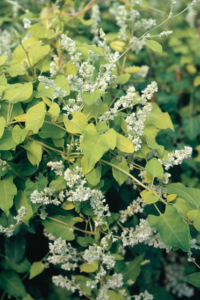
FALLOPIA aubertii Lemon Lace (Lemon Lace Vine) A welcome discovery by Bluebird Nursery staff member, Pam Bahns, this more refined, slower growing sport offers surprising